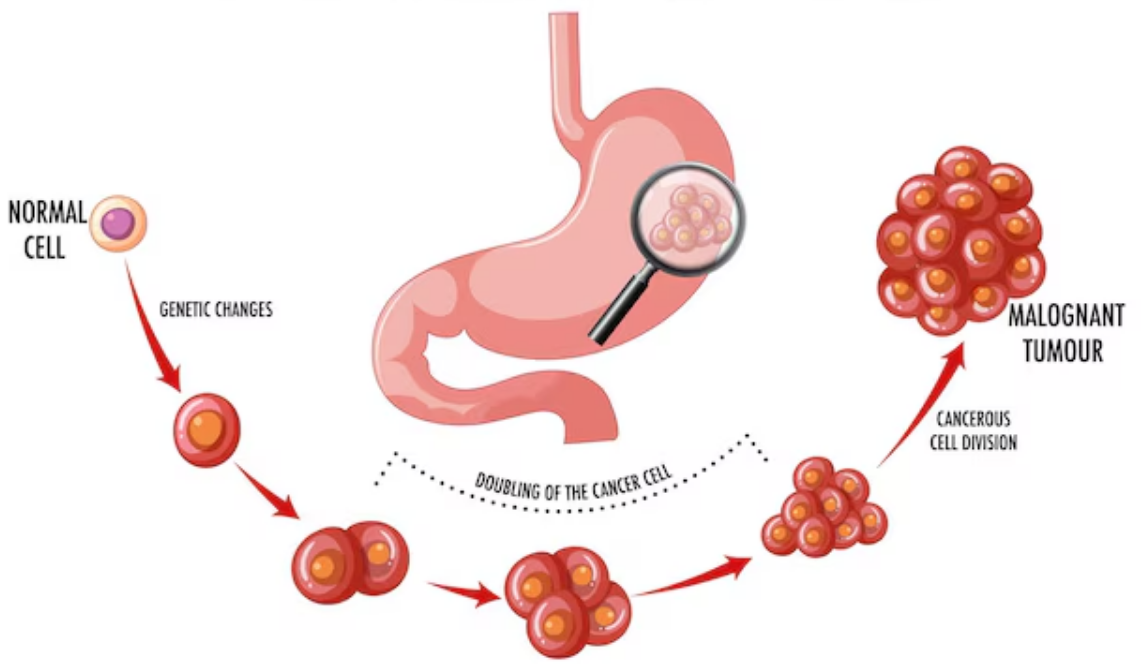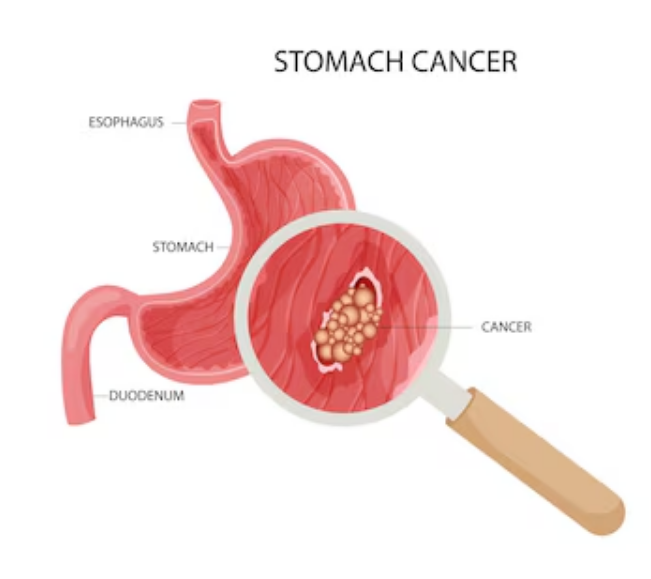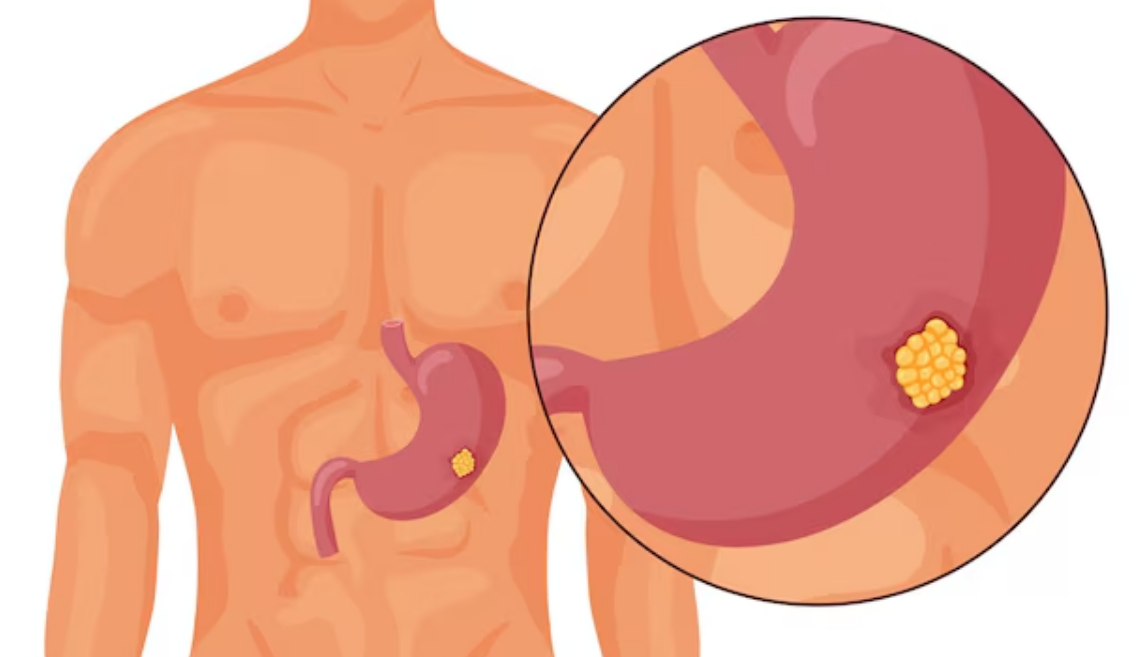-1732711597970.webp)
Stomach cancer is a serious health condition that requires prompt diagnosis for effective treatment. In honour of Stomach Cancer Awareness Month, Dr Pankaj Kumar Pande, Director of Surgical Oncology at Max Super Speciality Hospital, Shalimar Bagh, explains the key tests and methods used to detect stomach cancer. Early diagnosis through these methods can significantly improve the chances of successful treatment.

When stomach cancer is suspected, an upper gastrointestinal (GI) endoscopy is typically the first test conducted. Dr Pankaj Kumar Pande states, “Endoscopy allows doctors to directly visualise the stomach lining and identify any abnormal growths, ulcers, or tumours." This procedure involves inserting a flexible tube with a camera (endoscope) through the mouth into the stomach. If any suspicious areas are detected, a biopsy is often performed during the procedure to gather tissue for further analysis.
A biopsy is essential for confirming stomach cancer. Dr. Pande highlights, "During an endoscopy, if abnormal tissue is seen, a biopsy is performed to confirm the presence of cancer cells." The tissue sample is examined by a pathologist to determine whether the tumor is malignant, and the biopsy results help doctors identify the cancer type. A biopsy is one of the most definitive ways to diagnose stomach cancer.
Don't Miss: Stomach Cancer Awareness Month: How It Spreads And The Most Common Sites of Metastasis, As Per Cancer Expert
Several imaging tests are used to assess the size, location, and spread (staging) of the tumour. Dr Pande explains the importance of imaging in determining cancer’s extent. The following imaging tests are commonly employed:

In this test, patients swallow a barium solution that coats the stomach, allowing abnormal areas to be visible on an X-ray. Although less commonly used today, this method can still help detect larger tumours or structural changes in the stomach.

While blood tests are not used to diagnose stomach cancer directly, they can provide additional information. Tumour markers like carcinoembryonic antigen (CEA) and CA 19-9 may be elevated in some stomach cancer patients. Dr Pande notes, "Blood tests can support the diagnosis but are not definitive on their own."
If there is concern that cancer has spread beyond the stomach, a laparoscopy may be performed. This minimally invasive procedure involves inserting a small camera through an incision in the abdomen to visually inspect the stomach and surrounding organs for metastasis, especially in the peritoneal cavity. Dr Pande explains, "Laparoscopy is helpful when staging cancer and planning treatment, particularly in advanced cases."
Diagnosing stomach cancer involves multiple steps, including endoscopy, biopsy, imaging studies, blood tests, and in some cases, laparoscopy. Each of these methods plays a crucial role in confirming the presence of cancer, determining its stage, and planning an effective treatment strategy. Dr Pankaj Kumar Pande emphasises, "A combination of these tests is necessary to get a complete picture of the cancer's extent and develop the best treatment plan for the patient."
Don't Miss: Why Women Are Missing in Interventional Radiology—and How Their Inclusion Could Bridge Healthcare Gaps
For more such stories, stay tuned to HerZindagi
Image Courtesy: Freepik
Also watch this video
Herzindagi video
Our aim is to provide accurate, safe and expert verified information through our articles and social media handles. The remedies, advice and tips mentioned here are for general information only. Please consult your expert before trying any kind of health, beauty, life hacks or astrology related tips. For any feedback or complaint, contact us at compliant_gro@jagrannewmedia.com.